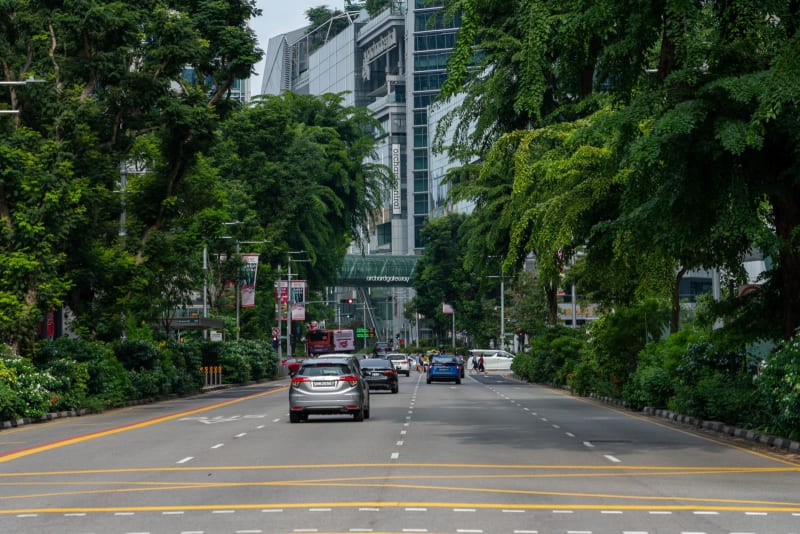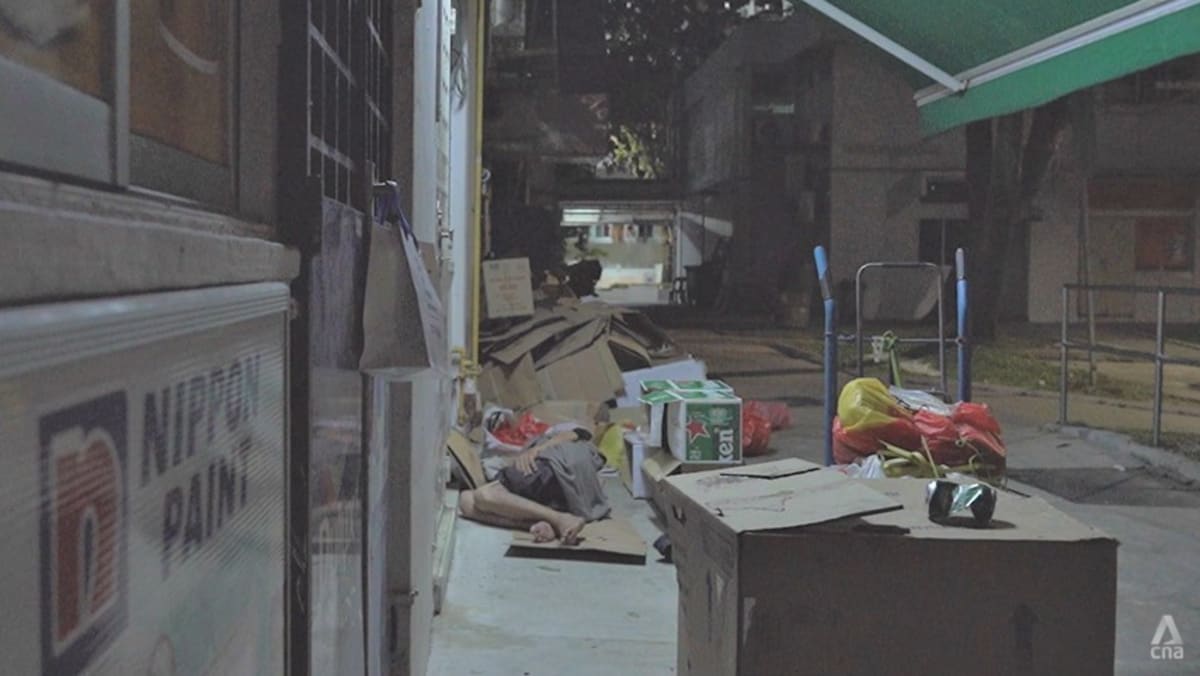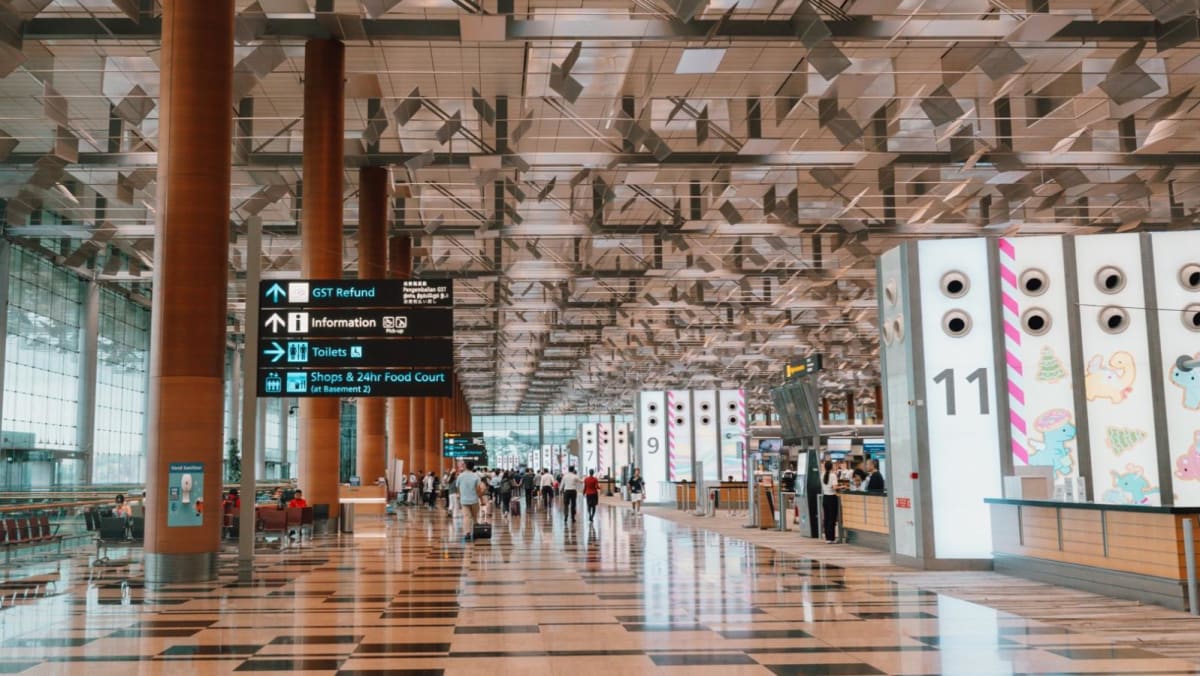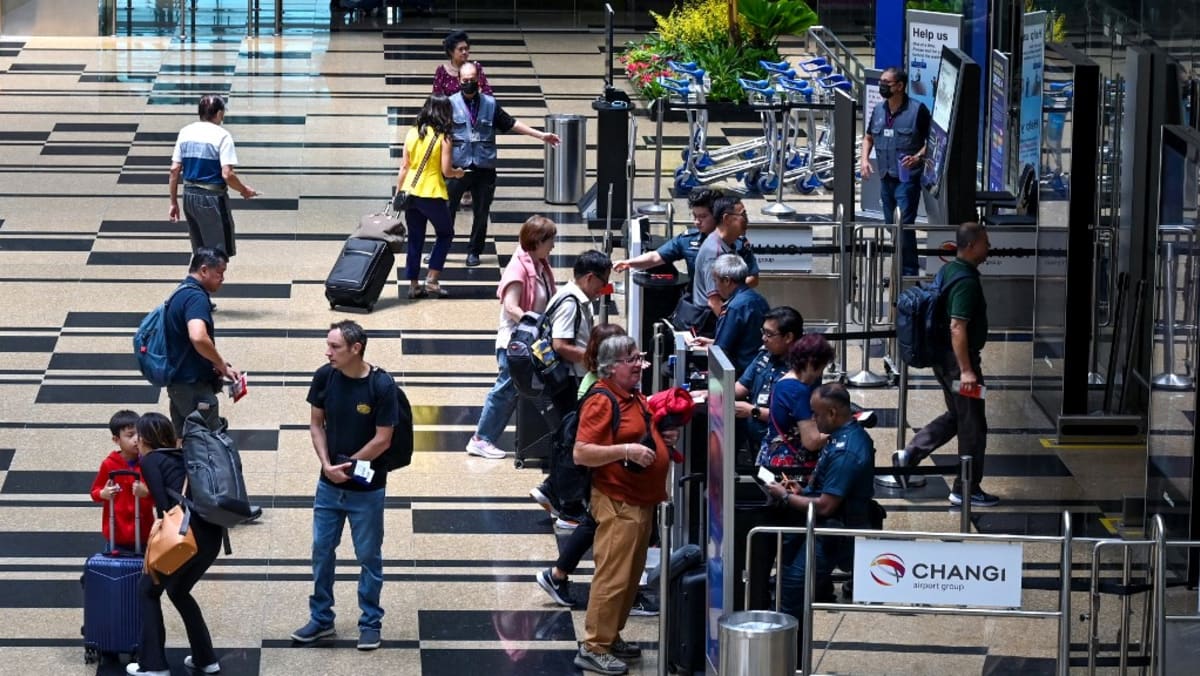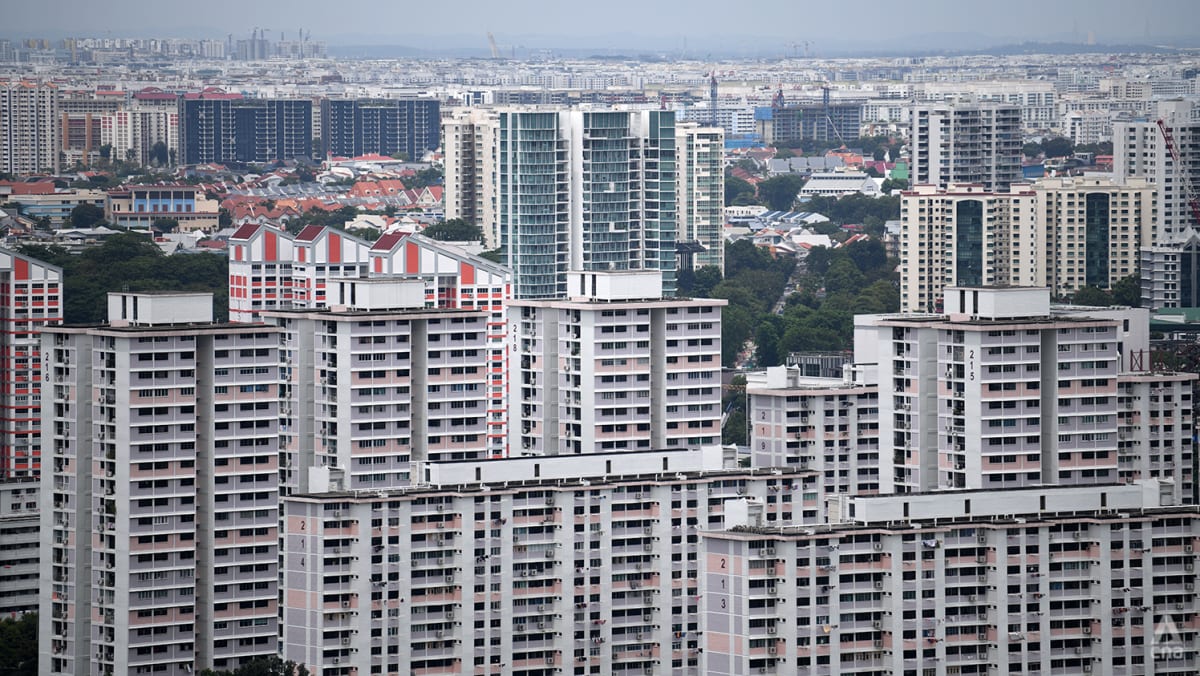HOW DOES SINGAPORE TACKLE HOMELESSNESS?
The irony about the homelessness issue is that often it is not just about giving people a roof over their heads. Housing is a critical piece of the solution but tackling homelessness requires meeting complex physiological, emotional and social needs.
Singapore has taken several strides forward to tackle homelessness since the pandemic. Regular nationwide street counts of rough sleepers are now conducted to understand the extent and reasons behind rough sleeping.
The PEERS Network, a collaboration between community groups, social service agencies and government organisations, has been proactively befriending rough sleepers through night walks, to offer shelter and assistance.
The Housing and Development Board has also piloted new public rental housing typologies to better support singles, including rough sleepers, who face difficulty in finding co-tenants or living with others. The Joint Singles Scheme Operator-Run pilot allows for singles to apply for a rental flat without having to find a flatmate, while the Single Room Shared Facilities pilot provides tenants with greater privacy with their own bedrooms, alongside access to shared facilities to prevent social isolation. Such innovative mindset could also apply to Singapore’s homeless shelters.
Currently, homeless people here have access to two main shelter options: Safe Sound Sleeping Places (S3Ps), which are temporary or overnight shelters run by community or religious organisations, and the longer-term government-funded transitional shelters in one-room to three-room HDB flats or former public buildings.
According to an update from Senior Parliamentary Secretary for Social and Family Development Eric Chua in Parliament last month, about 60 per cent of the 720 beds available at Singapore’s seven transitional shelters were occupied yearly from 2021 to 2023. Individuals stay in a transitional shelter for an average of about nine months, he added.
Both S3Ps and transitional shelters are communal spaces that provide basic amenities and tend to be sparsely furnished. Conventional wisdom on homeless shelters argues that making the space too “homely” could hinder a person’s progress towards permanent housing.
This logic seems sound. A shelter is, after all, a transitional space and should make people want to move out and into more permanent housing. Such assumptions, however, lack evidence. Uncomfortable shelters do not necessarily provide the impetus for people to move on. Historically, in the United Kingdom, homeless people had chosen to remain in overcrowded shelters that were filthy, with poor sanitation because they had no other means of supporting themselves.
